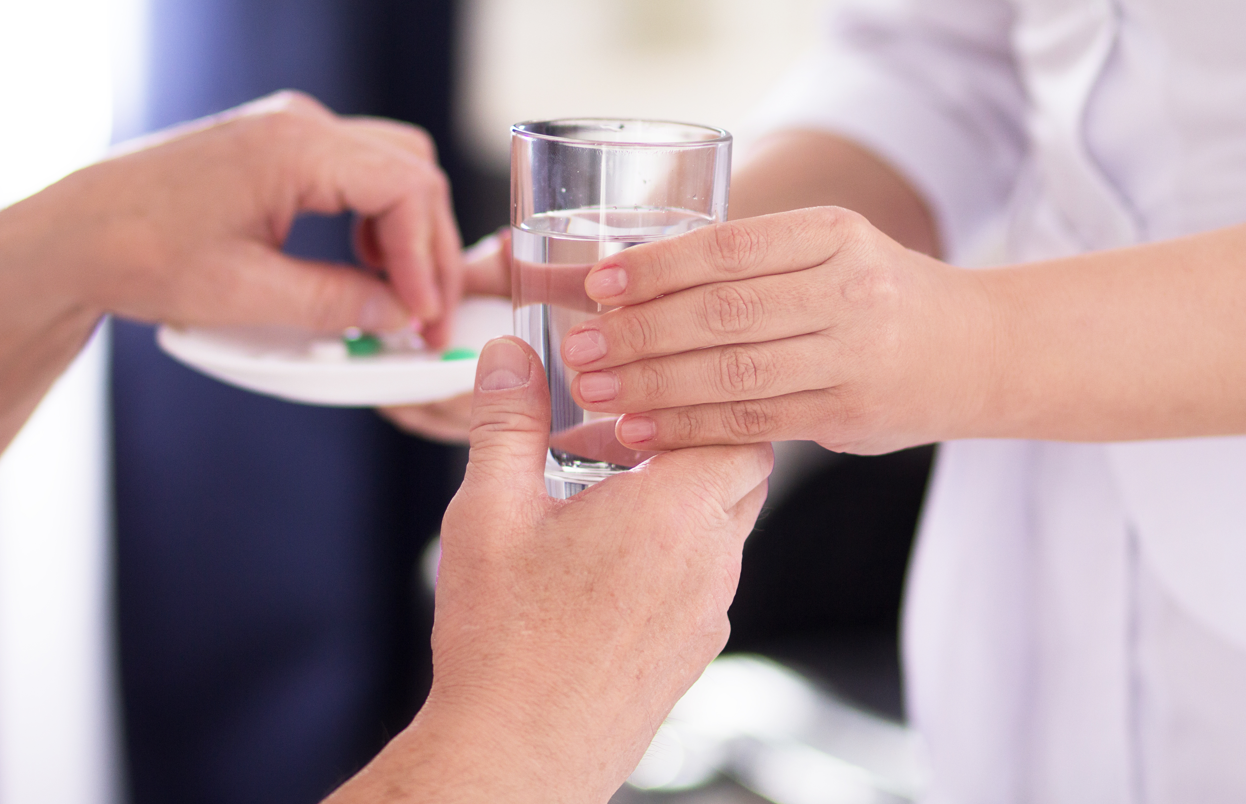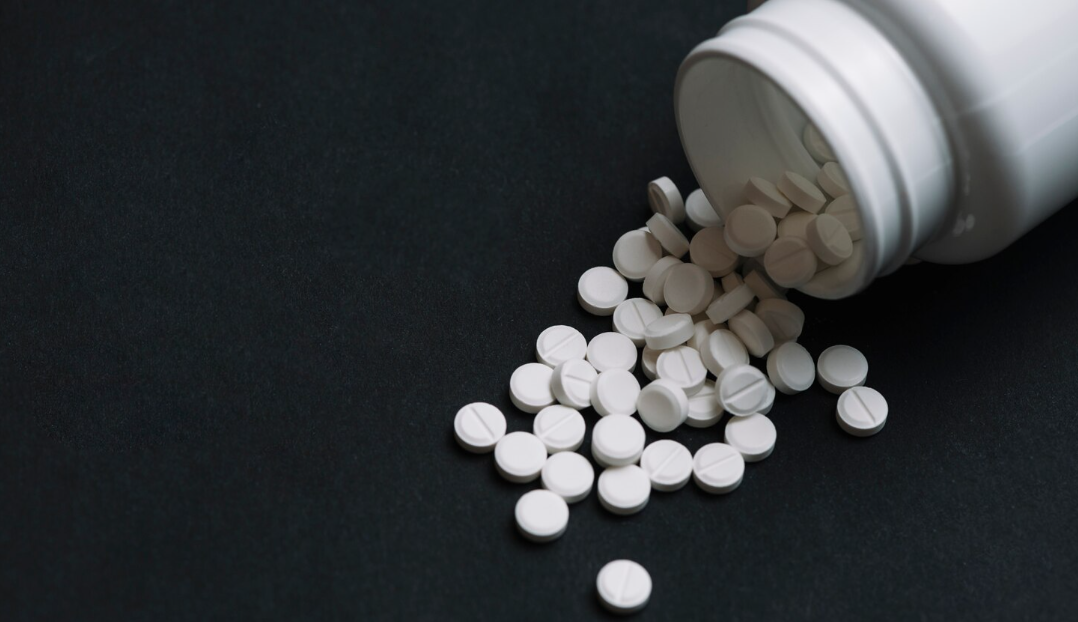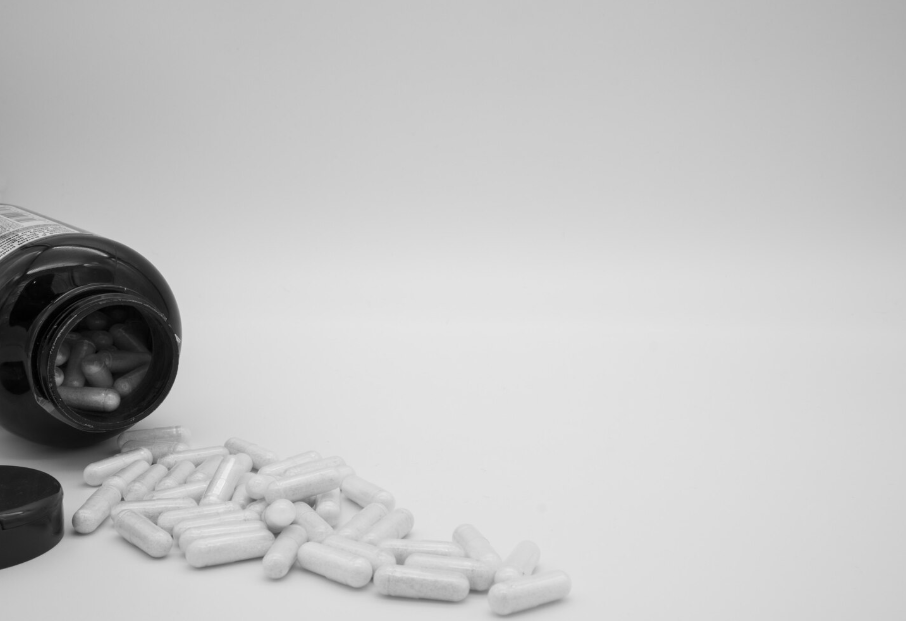How Much Wine Does It Take to Get Drunk?
Wine is an alcoholic beverage that has been enjoyed by people for centuries. It can be consumed in moderation as part of a healthy lifestyle, but it can also be abused and lead to alcoholism and other health problems. One question that many people have is how much wine does it take to get drunk?

Understanding alcohol tolerance
The amount of wine it takes to get drunk can vary greatly from person to person, and understanding why can be helpful when it comes to responsible drinking. As mentioned earlier, several factors can affect a person's alcohol tolerance, including their body weight, age, gender, and metabolism. However, there are other factors to consider as well.
For example, genetics may play a role in a person's alcohol tolerance. Some people may have a genetic predisposition to metabolize alcohol more quickly or slowly than others, which can affect how much wine it takes to get drunk.
Another factor to consider is the type of wine being consumed. Wines with a higher alcohol content, such as red wines, may have a greater effect on a person's alcohol tolerance than lighter wines like white or rosé.
It's important to note that while some people may have a higher tolerance for alcohol, it's not a license to overindulge. Drinking too much wine can still lead to negative consequences, including impaired judgment, increased risk of accidents, and potential long-term health effects.
It's always important to drink responsibly and to know your limits when it comes to alcohol consumption. If you're unsure about how much wine you can safely consume, it's best to err on the side of caution and drink in moderation.
Standard drink size
Before discussing how much wine it takes to get drunk, it's important to understand what is considered a standard drink size. In the United States, a standard drink is defined as any beverage that contains 14 grams of pure alcohol. It's important to note that different types of alcoholic beverages have different alcohol by volume (ABV) percentages. For example, a 12-ounce beer with a 5% ABV contains about 14 grams of pure alcohol, which means it is considered a standard drink.
When it comes to wine, the ABV percentage can vary greatly depending on the type of wine and where it was produced. A standard 5-ounce glass of wine with a 12% ABV contains about 14 grams of pure alcohol, making it a standard drink as well. However, it's important to keep in mind that the size of a wine pour can vary greatly depending on the establishment.
Therefore, when discussing how much wine it takes to get drunk, it's important to consider the ABV percentage and the size of the pour. It's also important to remember that everyone's tolerance levels are different and that drinking in moderation is always the safest choice.
This is equivalent to:
- 12 ounces of beer (5% alcohol)
- 5 ounces of wine (12% alcohol)
- 1.5 ounces of distilled spirits (40% alcohol)
How much wine to get drunk?
The amount of wine it takes to get drunk is a question that many people ask, and the answer is not always straightforward. Several factors come into play, including a person's alcohol tolerance, body weight, and the alcohol content of the wine.
A standard 5-ounce glass of wine contains 12% alcohol, which is equivalent to 0.6 ounces of pure alcohol. However, this number can vary depending on the type of wine and the region in which it was produced.
It's important to be aware of the effects of alcohol on the body, as well as the risks associated with excessive drinking. For most people, it takes about 2-3 glasses of wine to reach a blood alcohol content (BAC) of 0.08%, which is the legal limit for driving in the United States. However, this can vary greatly depending on a person's alcohol tolerance and other factors.
It's crucial to keep in mind that drinking too much wine can be dangerous and lead to alcohol poisoning, which can be life-threatening. Signs of alcohol poisoning include confusion, vomiting, seizures, slow or irregular breathing, and a loss of consciousness. If you suspect someone has alcohol poisoning, it's essential to seek medical attention right away.
How to determine your personal alcohol tolerance?
Determining your personal alcohol tolerance is important when it comes to responsible drinking. It can help you understand how much wine you can consume safely without risking negative consequences.
One way to determine your alcohol tolerance is to keep track of how many drinks it takes for you to feel the effects of alcohol. Start by having one drink and waiting a set amount of time, such as an hour, before having another. Pay attention to how you feel after each drink and note any changes in your behavior or physical state.
Another method is to track your blood alcohol content (BAC) using a breathalyzer or BAC calculator app. These tools can give you an accurate reading of how much alcohol is in your system at any given time, allowing you to better understand your personal alcohol tolerance.
It's important to keep in mind that everyone's alcohol tolerance is different and that factors like age, weight, gender, genetics, and metabolism can all play a role in how much wine it takes to get drunk. By understanding your personal alcohol tolerance and drinking in moderation, you can enjoy wine responsibly while minimizing the risks associated with excessive drinking.
Red Wine vs. White Wine
When it comes to wine, there are many different varieties to choose from, including red and white wines. While both types of wine may be enjoyed for their taste and aroma, there are some key differences to consider.
One significant difference between red and white wines is their alcohol content. Generally speaking, red wines tend to have a higher alcohol content than white wines. This is due in part to the fact that red grapes used in winemaking contain more natural sugar than white grapes.
However, this doesn't necessarily mean that all red wines are more potent than white wines. The alcohol content can vary greatly depending on factors such as the winemaker's style and the region where the grapes were grown.
In terms of health benefits, both red and white wines contain antioxidants that may help reduce the risk of heart disease and other chronic conditions. However, some studies suggest that red wine may offer additional health benefits due to its higher concentration of antioxidants like resveratrol.
Resveratrol is a polyphenol compound found in grape skins that has been linked to various health benefits, including improved heart health and reduced inflammation. While some white wines also contain resveratrol, they typically have lower levels than red wines.
It's worth noting that while moderate wine consumption may offer some health benefits, excessive drinking can have negative effects on your overall health and wellbeing. It's important to drink responsibly and always be mindful of your personal alcohol tolerance when consuming any type of alcoholic beverage.
The effects of wine on the brain and nervous system
While moderate wine consumption can have some health benefits, excessive drinking can have negative effects on the brain and nervous system.
Alcohol is a central nervous system depressant, meaning it slows down the brain's activity and impairs cognitive function. Wine contains ethanol, which is quickly absorbed into the bloodstream and distributed throughout the body, including to the brain.
Excessive wine consumption can lead to a range of short-term effects on the brain, including impaired judgment, memory loss, and reduced coordination. It can also increase feelings of anxiety and depression in some individuals.
Long-term excessive wine consumption has been linked to more severe neurological problems such as dementia, neuropathy, and other cognitive impairments.
It's important to drink responsibly and understand your personal alcohol tolerance to avoid any negative consequences associated with excessive wine consumption.
How to know when you've had too much wine?
Knowing when you've had too much wine is important for responsible drinking. It can prevent negative consequences associated with excessive alcohol consumption. Here are some signs that indicate you may have had too much wine:
Physical Signs
- Slurred speech
- Lack of coordination
- Nausea or vomiting
- Dizziness or lightheadedness
- Blurred vision
- Flushed face
Behavioral Signs
- Aggressiveness or irritability
- Impaired judgment and decision-making skills
- Increased risk-taking behavior
- Poor concentration and memory loss
If you experience any of these symptoms, it's a good idea to stop drinking immediately and seek medical attention if necessary. Additionally, it's always best to drink in moderation and be aware of your personal alcohol tolerance to avoid overindulging.
Remember that everyone's body is different, and what may be considered "too much" for one person may not be the same for another. Drinking in moderation is always the safest choice, especially when it comes to enjoying a glass of wine.

The differences in alcohol content between different types of wine
When it comes to wine, the alcohol content can vary greatly depending on the type of wine. For example, red wines tend to have a higher alcohol content than white wines due to their longer fermentation process and higher sugar content.
Fortified wines like port or sherry can have even higher alcohol content, typically ranging from 18% to 20%. This is because fortified wines are made by adding distilled spirits like brandy to the wine during the fermentation process.
On the other hand, sparkling wines like champagne or prosecco generally have a lower alcohol content than still wines. This is because sparkling wines undergo a secondary fermentation process that reduces their overall alcohol content.
It's important to be aware of these differences in alcohol content when consuming different types of wine and to drink responsibly. Knowing your personal alcohol tolerance and sticking to moderate consumption can help you enjoy your favorite wines without any negative consequences.
Tips for Responsible Drinking
Drinking wine can be a fun and enjoyable experience, but it's important to do so responsibly. Here are some tips to keep in mind when consuming wine:
Alternate with Non-Alcoholic Beverages
One of the best ways to drink responsibly is to alternate alcoholic beverages with water or other non-alcoholic drinks. This can help you stay hydrated and prevent you from drinking too much wine too quickly.
Eat Before You Drink
Eating a meal before drinking wine can also help you drink responsibly. Food can slow down the absorption of alcohol into your bloodstream, which can help you avoid getting drunk too quickly.
Set Limits for Yourself
Before you start drinking, set limits for yourself and stick to them. For example, decide how many glasses of wine you will have before switching to water or stopping altogether.
Don't Drive Under the Influence
It's never safe to drive under the influence of alcohol, even if you've only had a little bit of wine. If you plan on drinking, make sure that you have a designated driver or plan on using public transportation.
By following these tips and drinking in moderation, you can enjoy your favorite wines while minimizing the risks associated with excessive drinking.
FAQs
How much wine is considered moderate drinking?
Moderate drinking is typically defined as one drink per day for women and up to two drinks per day for men. For wine, this translates to 5 ounces of wine with a 12% ABV.
Is it safe to drink wine every day?
While moderate wine consumption has been linked to various health benefits, excessive drinking can have negative effects on your health. It's important to drink in moderation and be aware of your personal alcohol tolerance.
Can I drink wine while pregnant?
No, it is not safe to drink any amount of alcohol during pregnancy. Drinking during pregnancy can increase the risk of fetal alcohol syndrome and other negative outcomes.
Can I still enjoy wine if I'm on medication?
It depends on the medication you're taking. Some medications interact negatively with alcohol, so it's important to speak with your healthcare provider before consuming any alcoholic beverages.
Are there any health benefits associated with drinking red or white wine?
Both red and white wines contain antioxidants that may help reduce the risk of heart disease and other chronic conditions. However, some studies suggest that red wine may offer additional health benefits due to its higher concentration of antioxidants like resveratrol.
How can I tell if a wine has gone bad?
Signs that a wine has gone bad include a vinegary smell or taste, an off-putting odor like wet cardboard or moldy cheese, or changes in color or clarity.
Can I store an open bottle of wine in the fridge overnight?
Yes, storing an open bottle of wine in the fridge can help preserve its freshness for up to several days. Be sure to recork the bottle tightly after each use and keep it refrigerated until you're ready to enjoy it again.
Moderation is key
In conclusion, the amount of wine it takes to get drunk varies from person to person and depends on several factors. It's important to drink responsibly and in moderation to avoid the negative health effects of alcohol abuse. The Dietary Guidelines for Americans recommend that women limit their alcohol intake to one drink per day and men limit their intake to two drinks per day.


.jpg)








